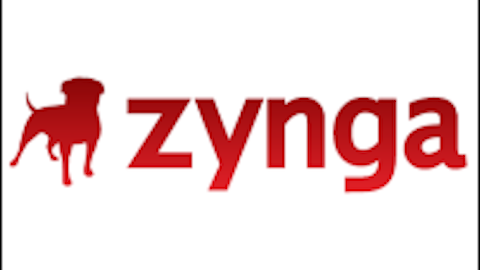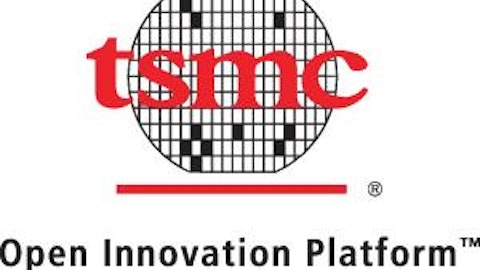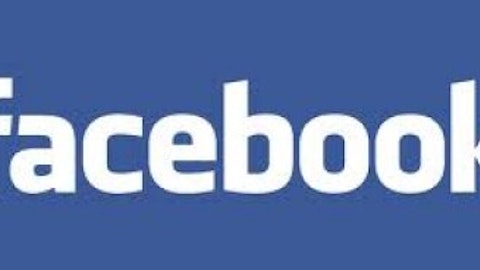Did Zynga Inc (NASDAQ:ZNGA)’s roughly 3,000 employees think that they were changing the world by creating a Big-Data-informed Skinner Box full of freemium Facebook games? Several hundred are likely to be less inclined toward that line of thought after Zynga’s latest layoffs — but the strange thing is that so much of Silicon Valley venerates such frivolity at all.
“I want to change the world” is a great ambition, but it rarely matches up to the reality of Silicon Valley. “Push something frivolous really big really quickly and get a lot of money out of it before the next big trend kicks in” seems to be a far more popular business model, even if it’s dressed up in a veneer of transformative revolution, or whatever the buzzwords might be this year.
Sinking ship
Mark Pincus may be many things, but he is most certainly not a bad entrepreneur — or a bad investor, since the earliest seed funding for Zynga came from his own pocket. Whether or not he truly believes that Zynga will change the world, Pincus knew how to make the most of what he had while Zynga was on top of the gaming world. According to the most recent S-1 filing for Zynga’s March 2012 secondary offering:
From our inception in October 2007 to date, Mr. Pincus, our Chief Executive Officer, Chief Product Officer, and the Chairman of our Board of Directors, has purchased an aggregate of 149,197,328 shares of our common stock. To date, Mr. Pincus has sold an aggregate of 43,629,310 shares of our common stock at prices ranging from $0.42 to $13.96.
Pincus sold at least 7.8 million shares at the $13.96 price, based on Zynga’s reported share repurchases. He also sold another 16.5 million shares in the secondary at $12 per share. Within three months of Zynga’s IPO, Pincus had already extracted at least $300 million from his stake in the company. Using back-of-the-envelope assumptions that the other shares were sold at roughly $7 apiece (the midpoint between Pincus’ highest reported price and the lowest), then the total gain from Pincus’ cashed-out shares might be as high as $650 million (this is just an estimate, and only the $300 million figure is confirmed). Incidentally, this is quite a bit more than all the reported free cash flow Zynga has earned throughout its existence.
This isn’t unique to the Silicon Valley culture that preaches “change the world” but is often looking for that big payday as soon as possible. Groupon Inc (NASDAQ:GRPN), the other go-big-fast tech IPO (though there wasn’t much “tech”-y about it at the time) of 2011, raised nearly $1 billion in venture funding in 2010 to line its early backers’ and executives’ pockets. A year and a half after its IPO, Groupon Inc (NASDAQ:GRPN) remains about 75% below its first-day closing price. Facebook executives and pre-IPO investors have already sold more than $12 billion worth of stock following its IPO — there is only a single insider transaction recorded during Facebook’s first year on the public markets that’s a purchase instead of a sale. Similarly, LinkedIn Corp (NYSE:LNKD), which has been picked up as Wall Street’s Valley favorite du jour, records only two insider stock purchases, compared with more than 330 sales since going public. Nearly every single sale has been made by an executive rather than an early-stage investor. If LinkedIn Corp (NYSE:LNKD) is the future of Silicon Valley, why aren’t the people most invested in its long-term success buying into that notion?
At one point, Zynga’s hypothetical pre-IPO valuation scraped against a $20 billion ceiling. Today it’s a tenth that size, which may be generous for a company with declining users, declining revenue, and a declining workforce. Young tech companies (or any company, really) can be valued anywhere from nothing to infinity until a rate of “normal” growth can be determined. When a small company is growing exponentially, it’s easy for optimists — and charlatans — to place its value closer to infinity when the reality is nearly always somewhere closer to zero.




